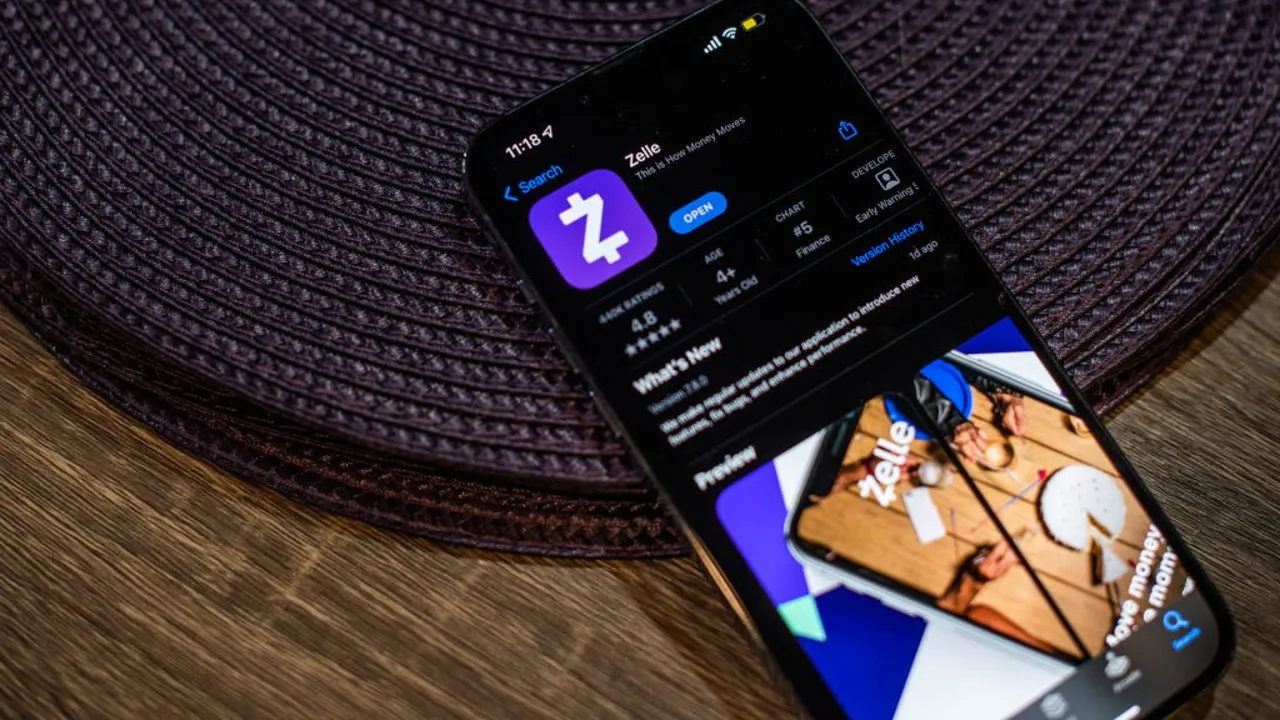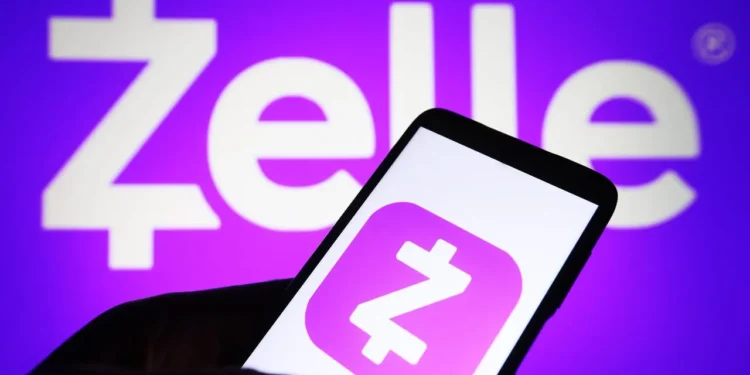Zelle, the popular digital payment network, has officially pulled the plug on its standalone mobile application. As of this week, users trying to access the app will no longer be able to send or receive money, marking the end of its standalone service. The transition comes after Zelle observed a significant decline in usage, with most of its user base shifting to use Zelle through their bank’s app.

For users still holding onto the app, a notification now greets them upon logging in, stating that it’s “no longer available for sending and receiving money.” Instead, Zelle encourages users to enroll through one of the 2,200 financial institutions that offer Zelle services.
“You will be able to log in until August 11, 2025,” the pop-up reads, “but not send or receive money. To continue using Zelle®, please enroll through one of the more than 2,200 mobile banking apps that offer Zelle®.”
The Rise and Fall of Zelle’s Standalone App
While the decision to shut down the standalone app may seem abrupt, it was a move that Zelle saw coming. The company pointed out that it was the increasing number of banks and credit unions offering Zelle’s services directly to their customers that contributed to the app’s decline. According to Zelle, as of October 2023, a mere 2% of Zelle’s active users still relied on the standalone app to make transfers.
With more financial institutions offering seamless integration of Zelle into their existing platforms, the standalone app became less necessary. This shift in user behavior was a major factor in Zelle’s decision to discontinue the app and focus on becoming more integrated within bank apps.

What’s Next for Zelle’s Standalone App?
While the standalone app may no longer be a tool for transactions, it will not disappear entirely. Zelle’s app will continue to serve as a consumer education platform, offering guidance on how to use Zelle through participating financial institutions. The app will also function as a directory, directing users to over 2,200 banking apps that still support Zelle’s payment services.
This means that even after the app is no longer able to process payments, Zelle will still play a role in helping users understand and access its payment platform through their bank’s mobile app. Zelle’s goal is to make the transition as smooth as possible for its users while encouraging continued adoption of the network through more traditional banking routes.
The Zelle Legacy: A Digital Payment Giant
Launched in 2017, Zelle quickly became a go-to digital payment platform for many consumers, helping people send money instantly without the need for physical cash or checks. With over 151 million users, Zelle solidified its place in the mobile payments landscape, offering a secure and fast method for peer-to-peer transfers.
However, in the ever-evolving world of digital finance, Zelle’s journey is far from over. While its standalone app may be fading into the past, Zelle’s robust infrastructure will continue to support billions in transactions through the banks and credit unions that offer its services.

A Changing Landscape for Digital Payments
This shift in Zelle’s strategy reflects broader trends in the world of mobile payments, where banks and fintech companies are constantly adapting to meet the demands of consumers. With the rise of digital wallets and integrated payment services within banking apps, Zelle’s decision to end its standalone app could signal a wider movement toward consolidating financial services within a single platform.










